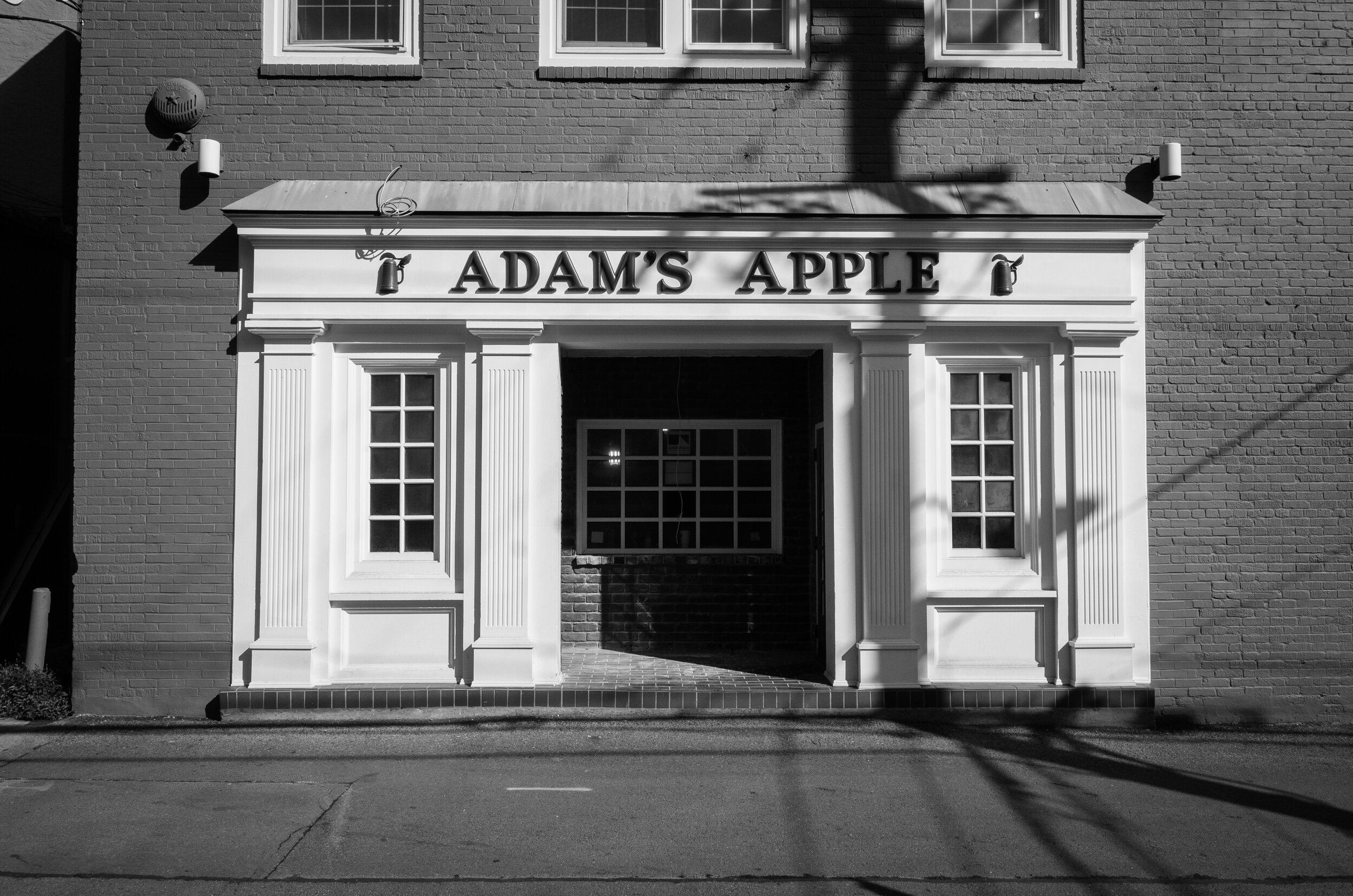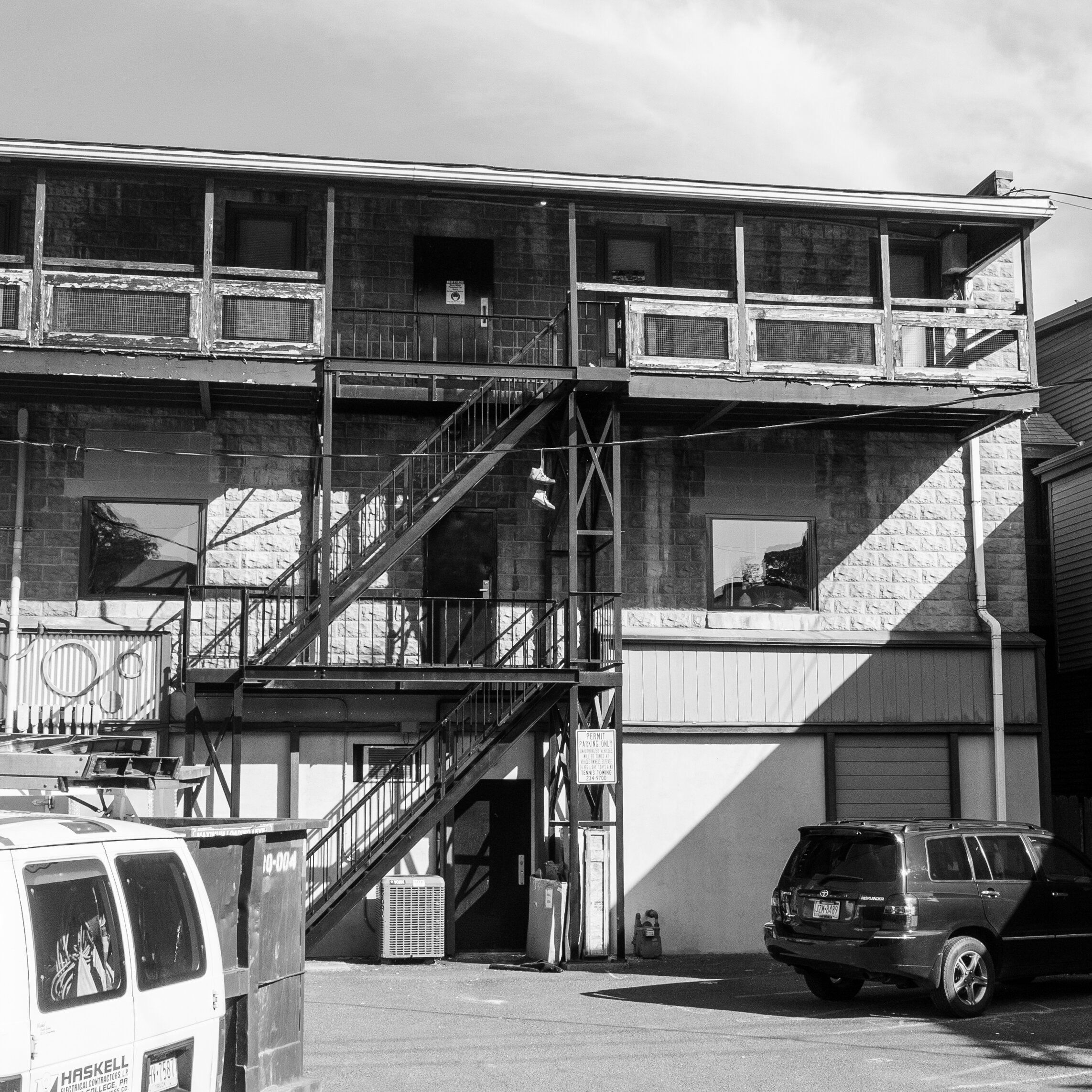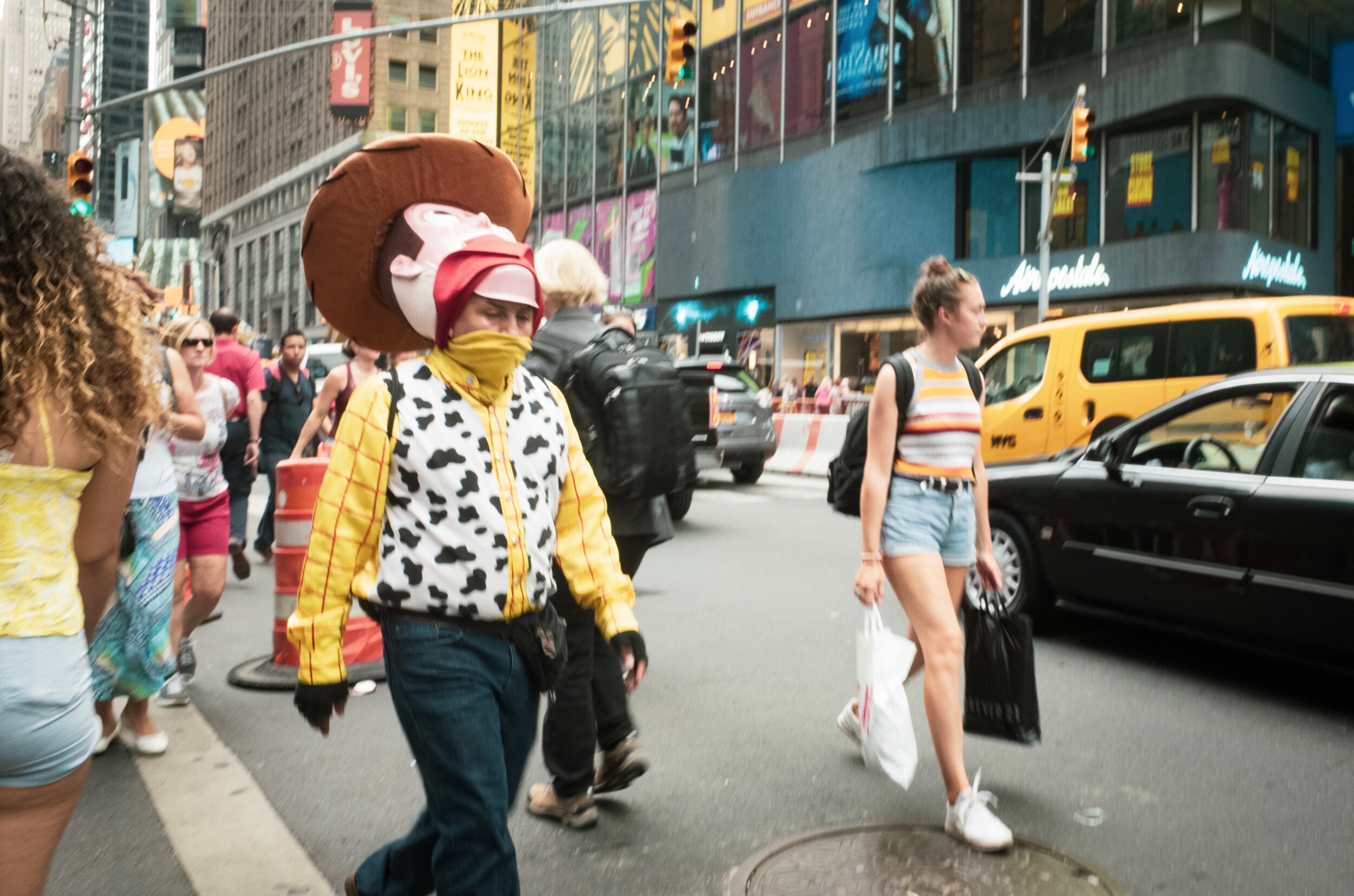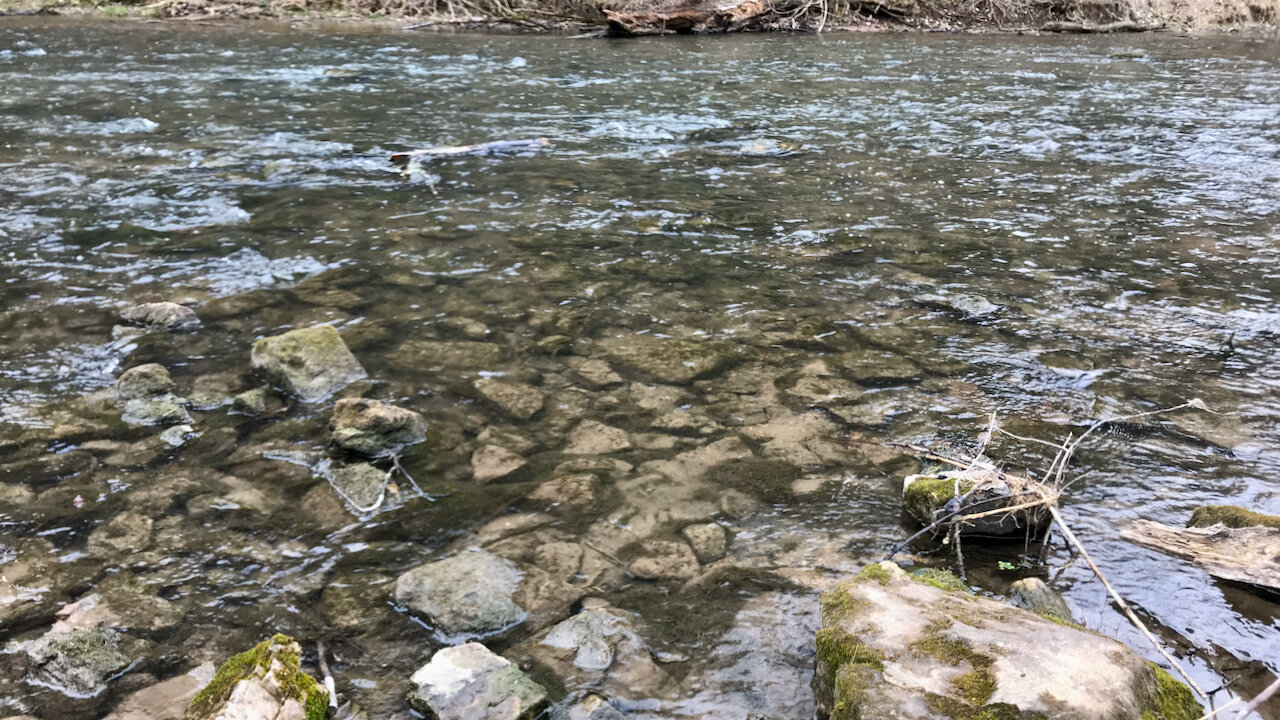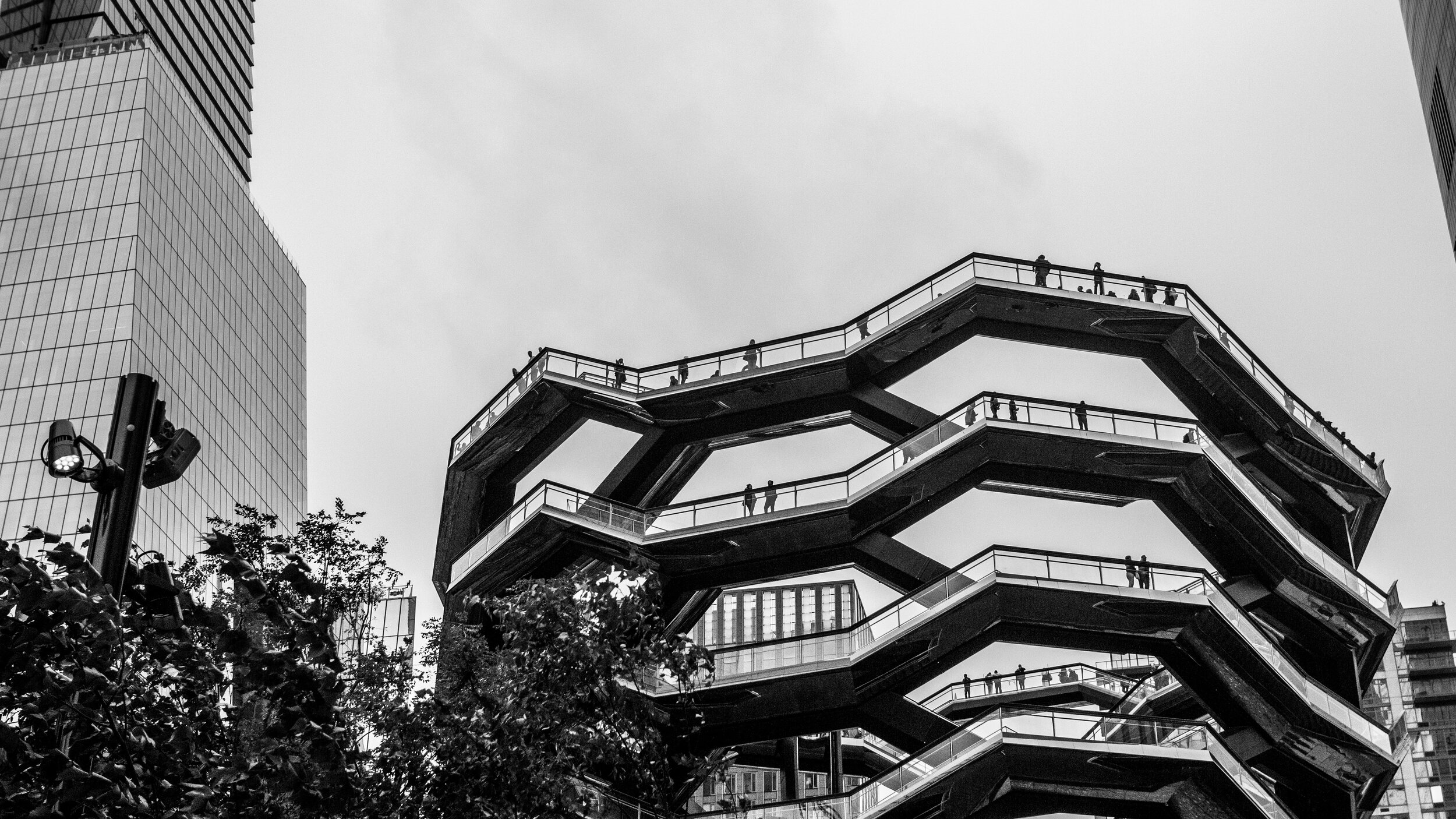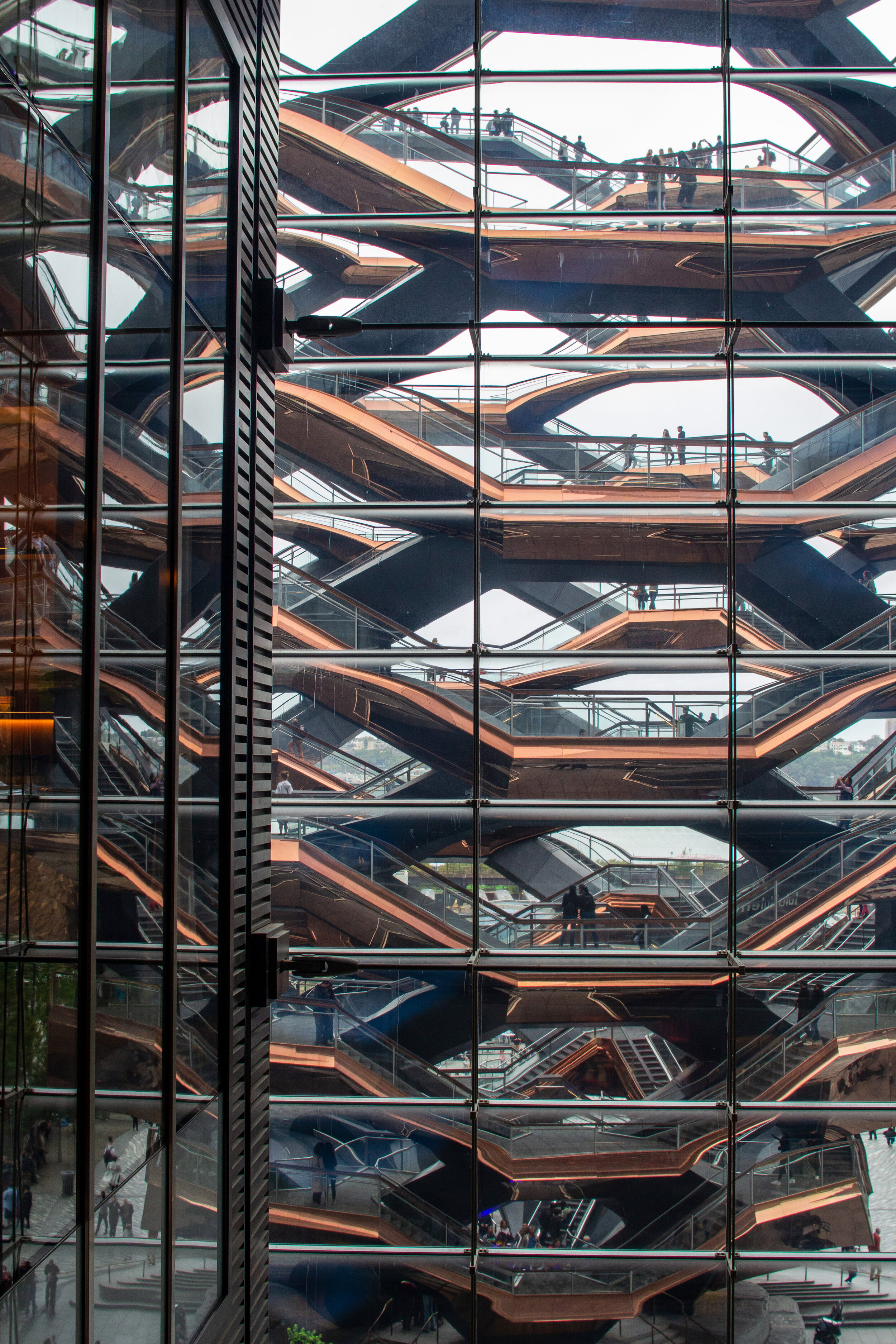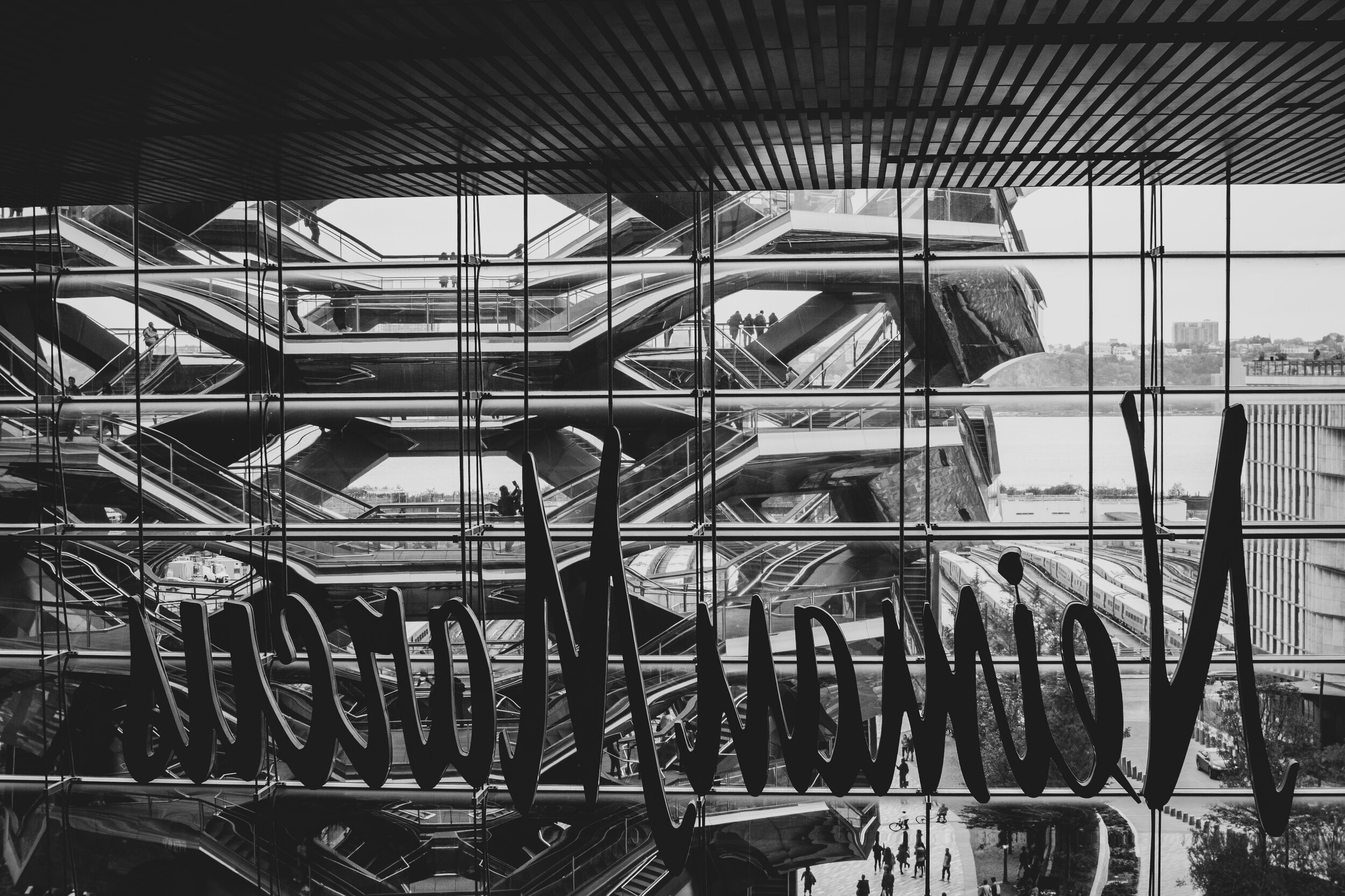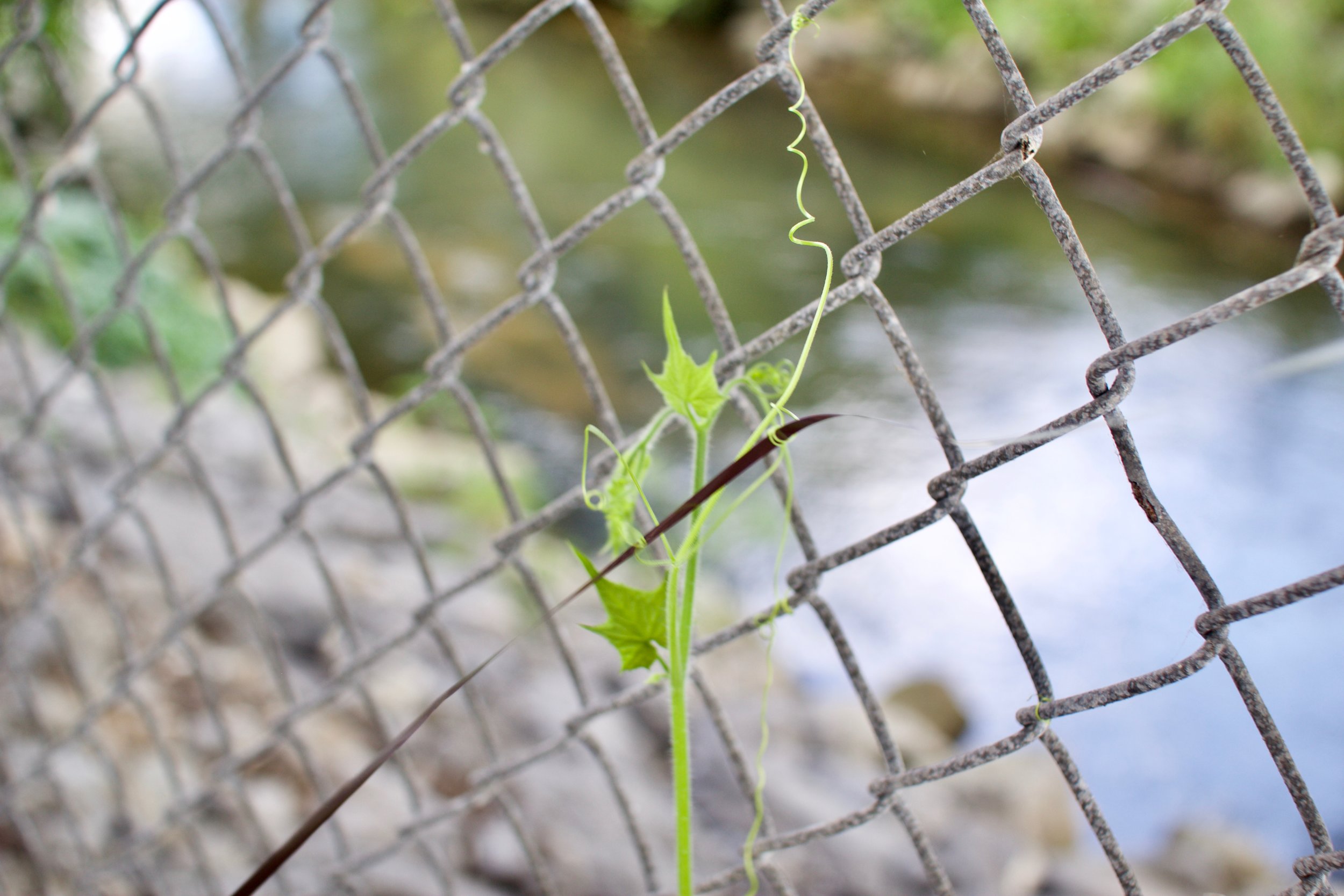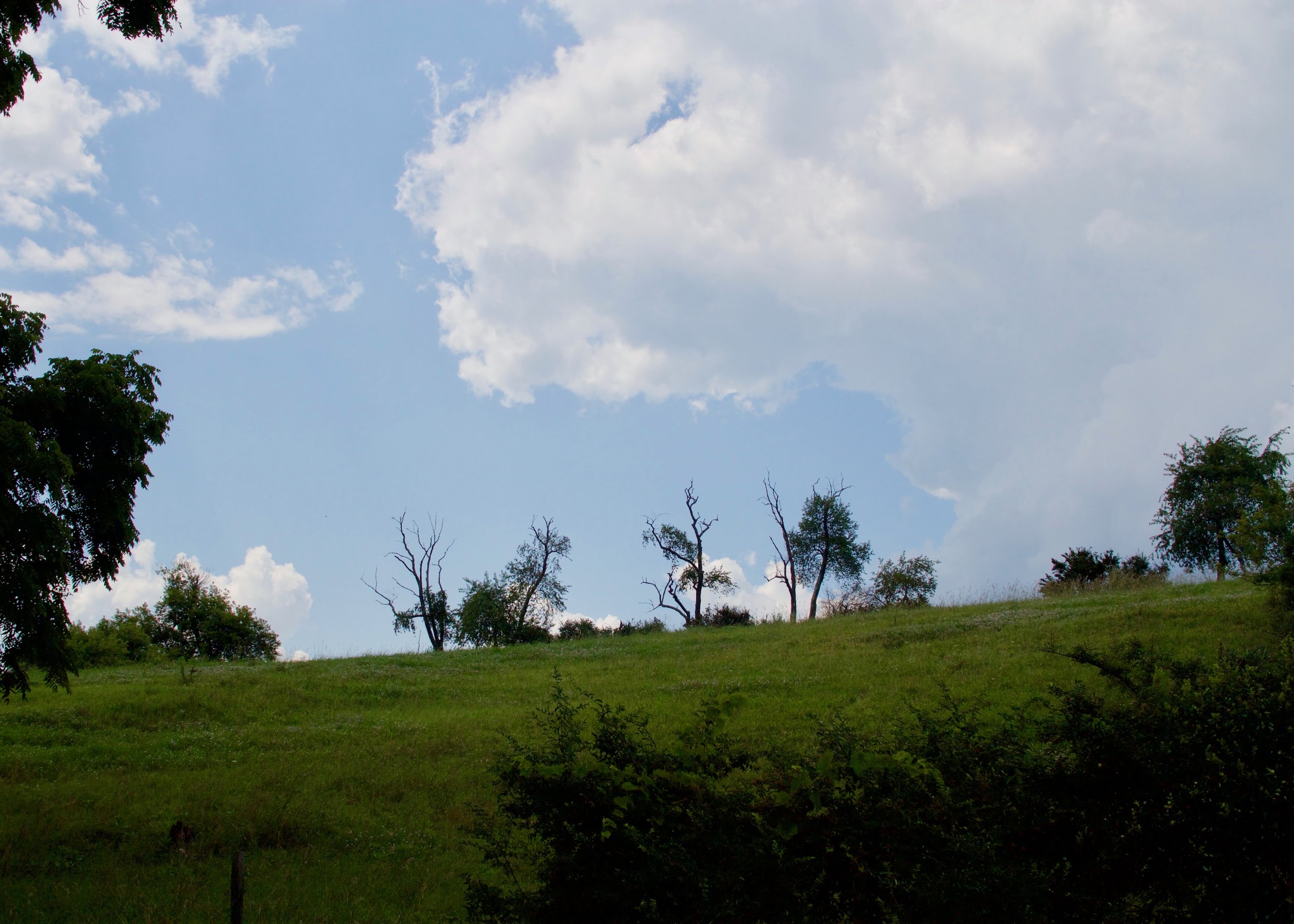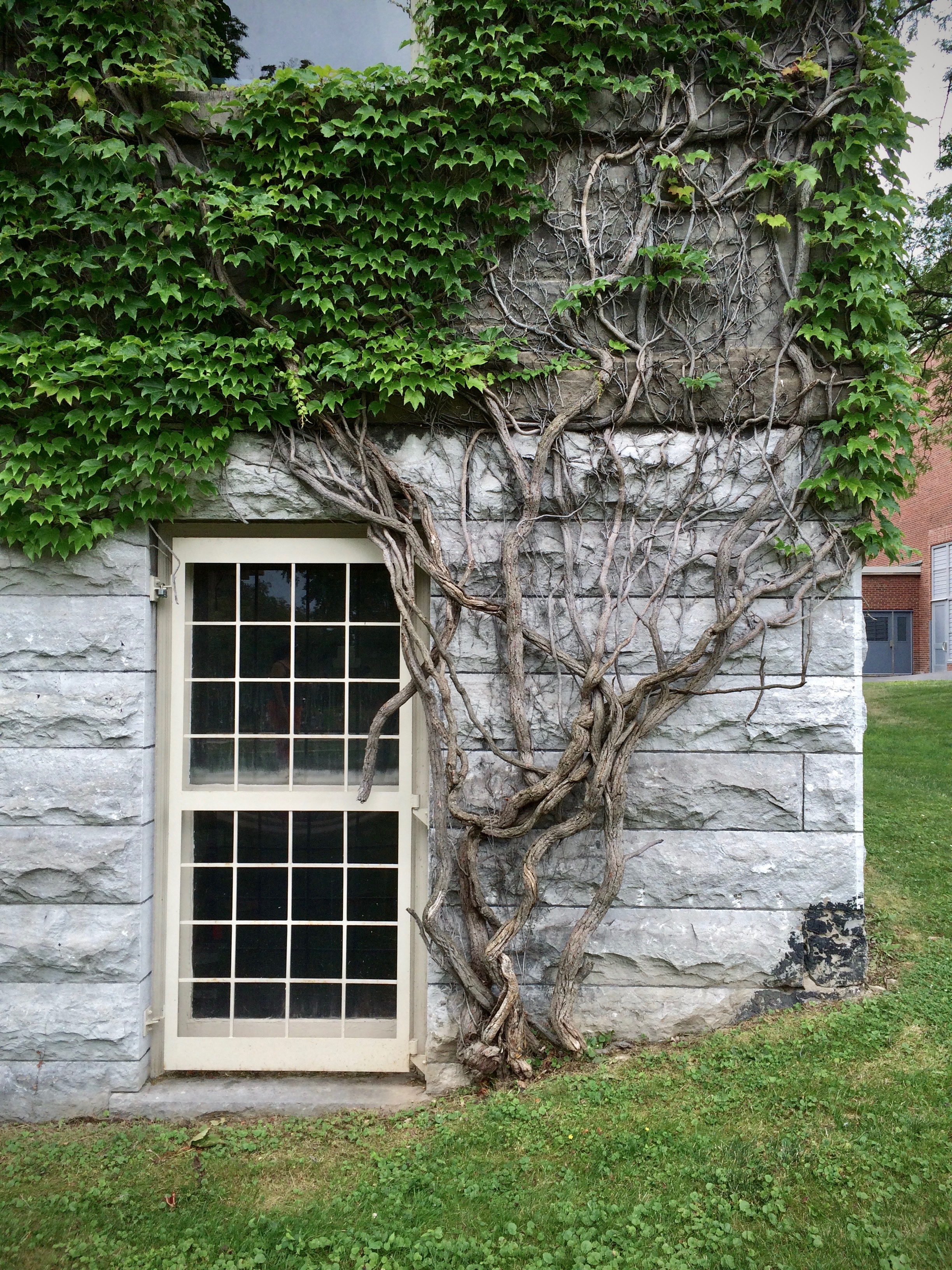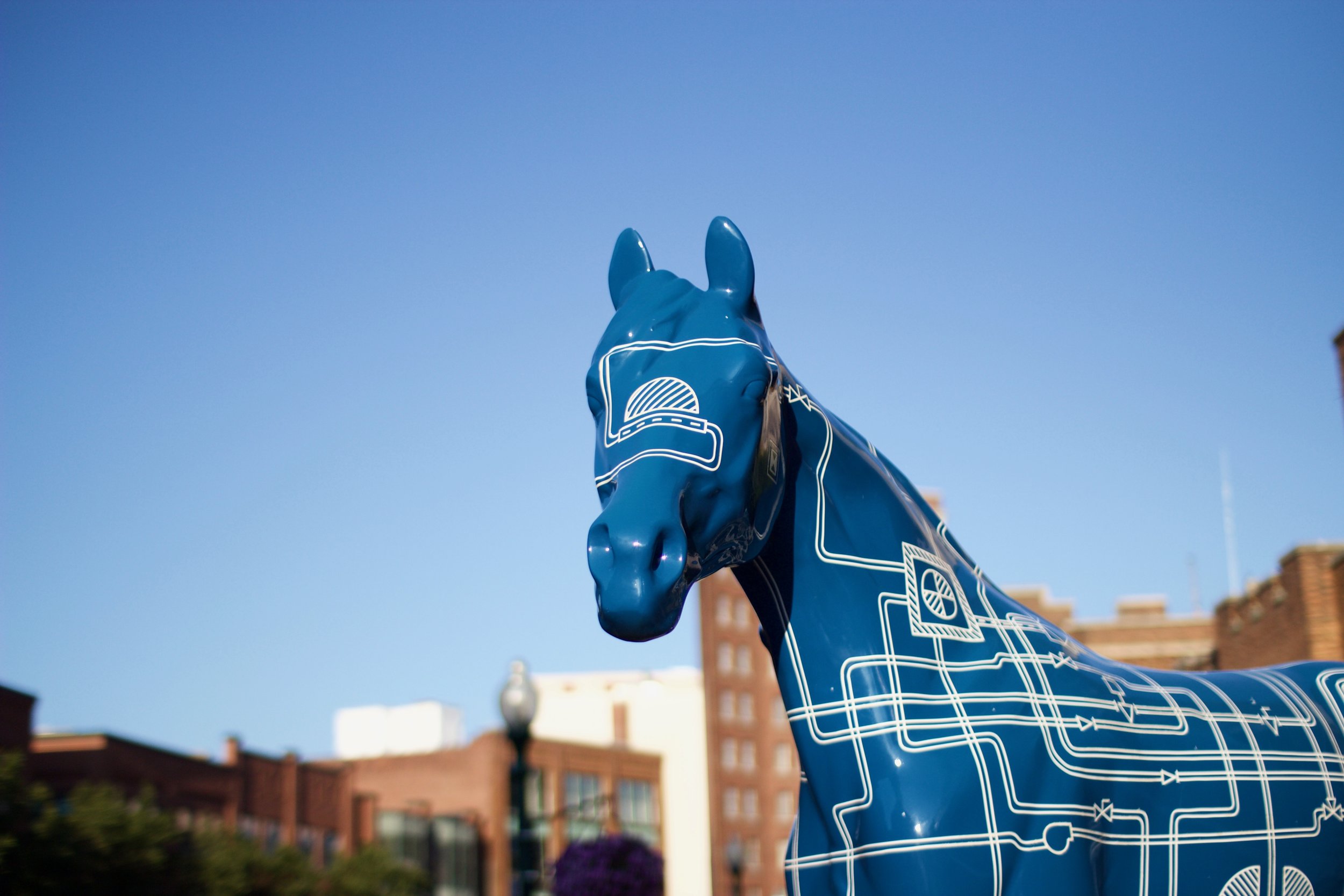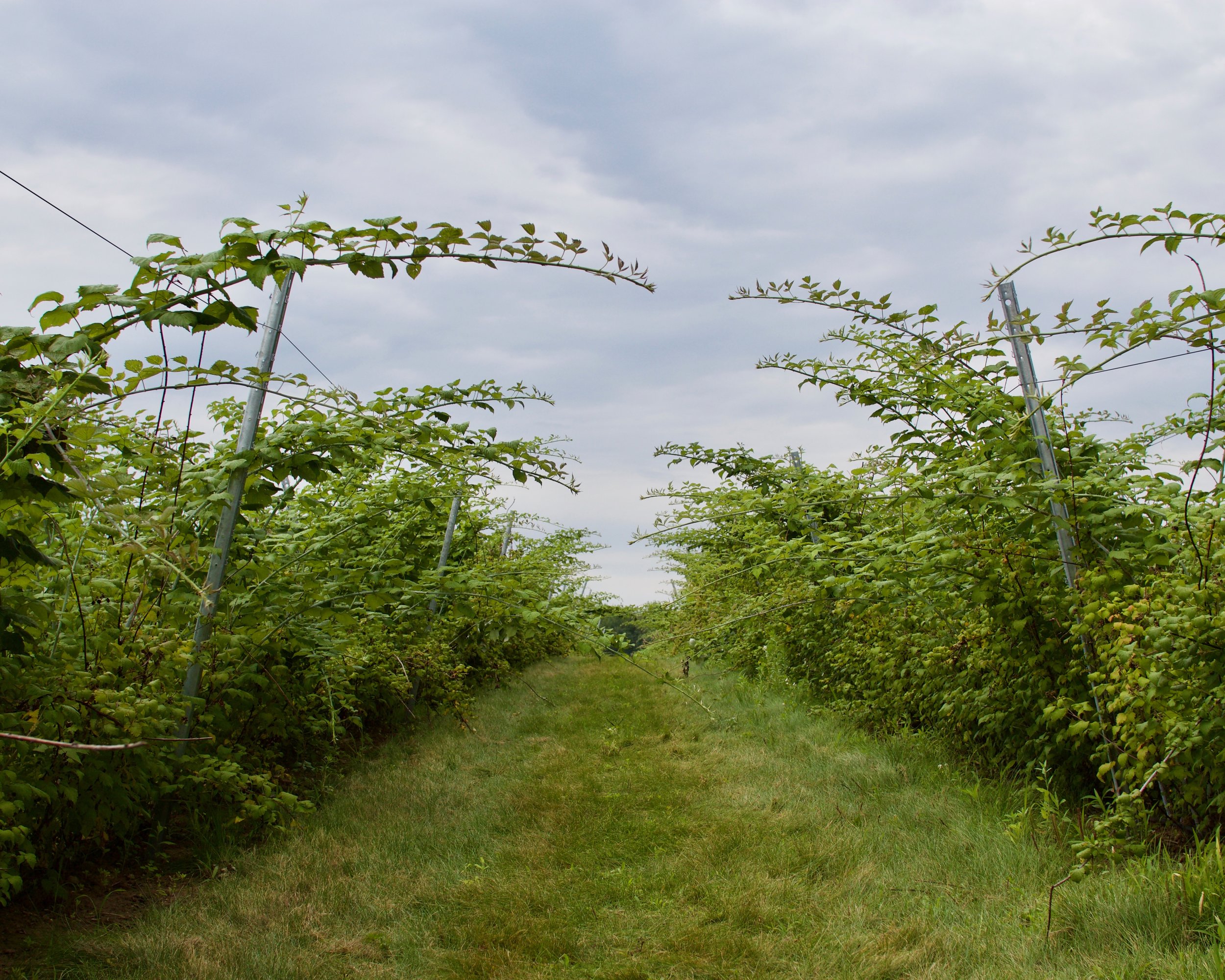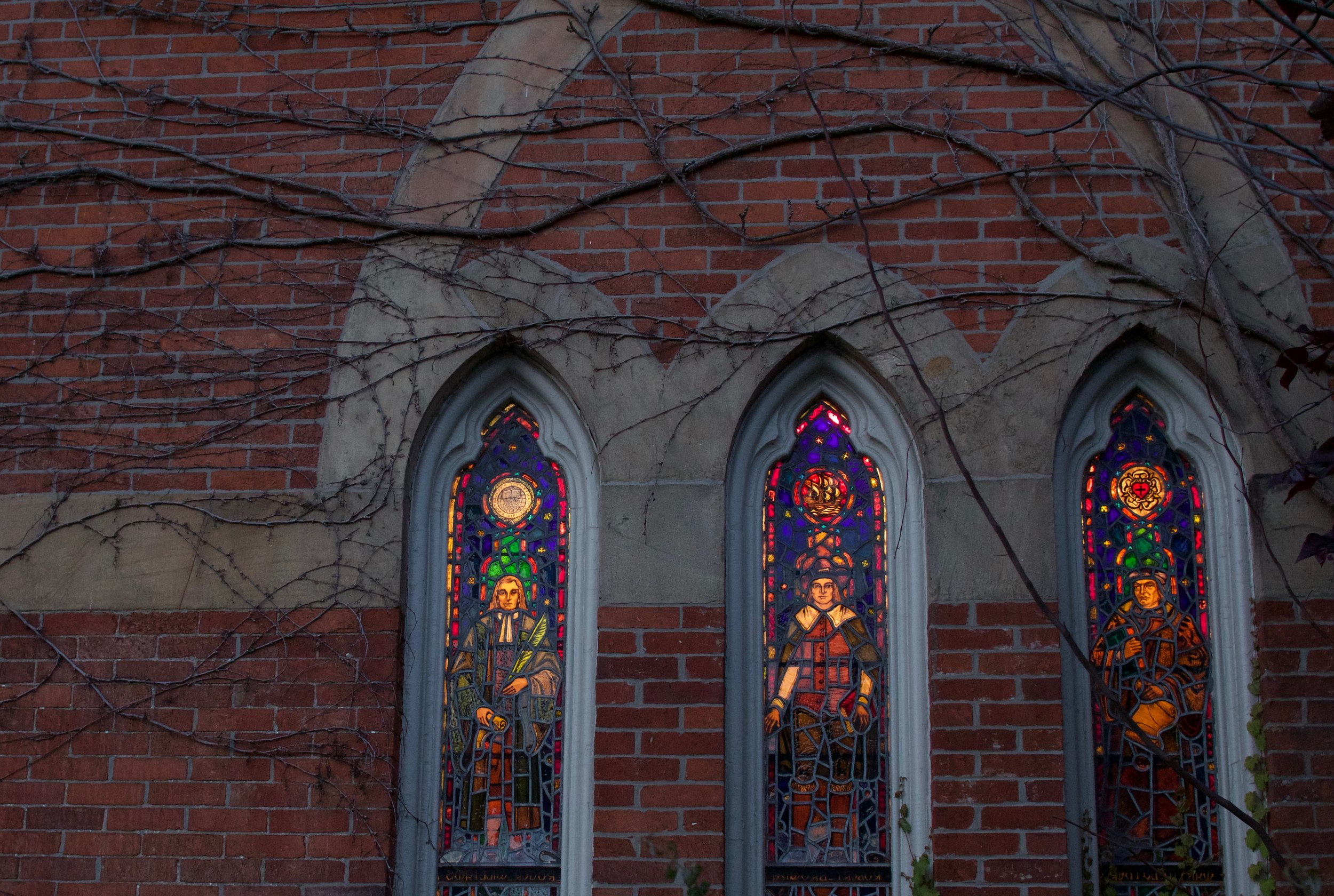Haircut day equals street photography day, so here are a bunch from Friday morning.
My original goal with this project had been to shoot on the street downtown and largely avoid the campus itself. I was interested most in seeing what I could photograph in a city much smaller than the one I’d moved from years ago. While I do think downtown could use a bit more attention as a city all its own, though, I realized more recently that to cut the campus out entirely from a project that’s about documenting downtown is to ignore much of what makes downtown what it is, at times for better or worse. So, though I’ll try to maintain my focus on the areas outside the gates, I do think it makes sense to shoot on campus now and then.
Friday was the day before Penn State’s ”White Out” game against Auburn, so there was a bit more activity on and around campus than usual, including the setup and supporting vehicles for Saturday’s ESPN Game Day broadcast on the lawn in front of the iconic Old Main administration building.
The following are from inside a classroom building in the middle of a class period. As with any college campus, there’s an ebb and flow of pedestrian traffic depending on the time of day. Below is a quiet scene, but when classes are changing, it’s just seas of humans moving everywhere between and within buildings, as if it were the world’s biggest game of musical chairs.
The following doesn’t fit into any particular category, except, perhaps, that it exhibits the type of shot more easily done with a phone than with a standalone camera. Though I am occasionally happy with the close in street shots I sometimes get, I do feel like I aesthetically gravitate more towards wider compositions that more purposefully place the subject in relation to the surrounding area, such as the shot of the persons crossing in front of the bus above.
















